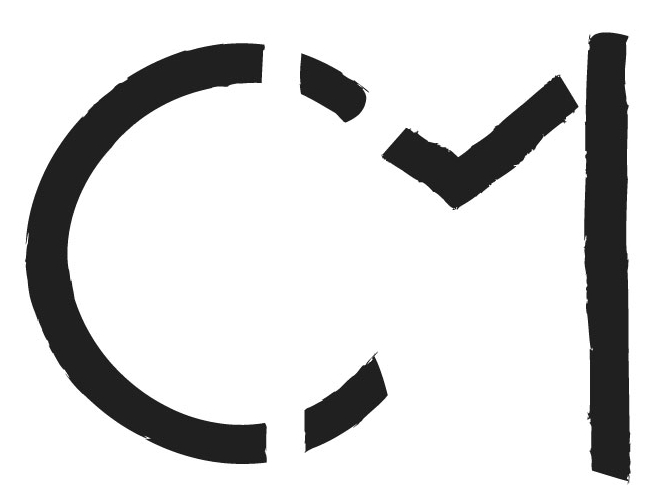With Coachella kicking off this weekend, social media is flaunting the outfits, the artists, and many celebrities partaking in this infamous event. If you’ve ever been to a festival, you can attest to the completely immersive nature of the experience. The overwhelming sound of the roaring crowd, the taste of the sweat that’s dripped down your face, the smell of body odor and greasy food a few steps away, the eye-catching set that’s barely seen through the sea of fans, and feel of the bass skipping your heart beats.
But what about the majority of us who can’t attend and who can’t drop everything in our lives to attend every festival? But what about all the “ugh, I wish I could be there” fans?
Video is a vehicle that allows anyone to feel more like a participant to an experience. YouTube’s latest 360-degree live streaming and spatial audio features are getting us steps closer to feeling as if you’re actually there. Being able to navigate, turn, and view the surrounding space, viewers can feel transported to the location of the video. Additionally by having sound change while changing directions, videos can more accurately mimic real situations. We will be able take in the voice and view of the performer then turn around and hear the cheers of the engulfing audience. That’s really quite remarkable.
The technologies of these components are ages beyond the current clickable annotations that simply link you to other videos. While YouTube has promoted 360-degree videos for over a year, the live aspect completely changes the experience for creators and viewers of the site. Live streaming only heightens the real time and realistic quality of the experience. The first live stream kick-off will be on Wednesday at 8pm, and Coachella will also feature some performances this weekend. A preview of spatial audio can also be seen below.
So what does this mean for marketers? How can we learn to utilize this interactive element? Maybe this means no longer having a visible production set for our videos. Or maybe it means composing a more interesting and larger space for viewers to explore. Regardless of our strategies in approaching this new platform feature, this 360-degree storytelling definitely means that we now have more elements to be aware of and control. This might be a major challenge to some, but it really gives us the opportunity to be creative. Some brands, like the one seen below, have already started to play with this new feature and have been successful. The development of platforms really challenges marketers. They test our ability to implement branding strategies without being disruptive and create experiences that consumers actually want to engage with. YouTube has given us a way to engage with people’s senses, but it will be very interesting to see how and if brands continue to develop content with this new element and ultimately new power.









